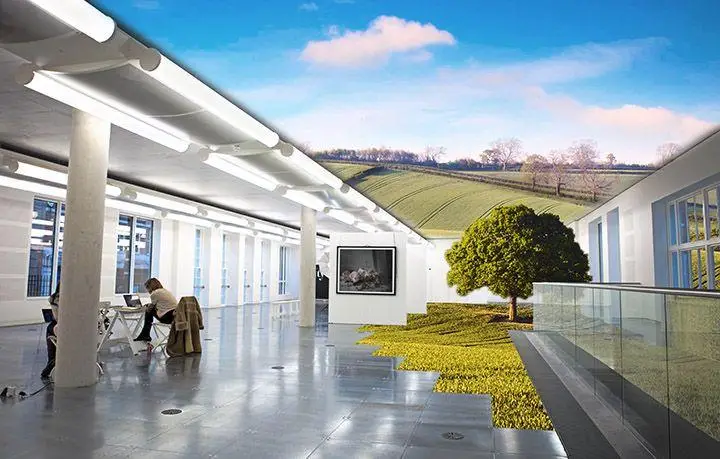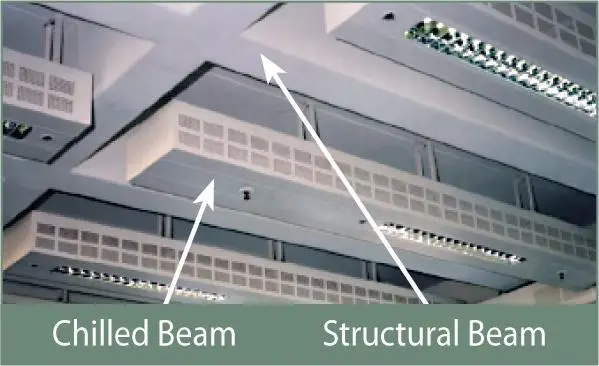Efficient Climate Control: The Role of Chilled Beams in Modern Architecture
Updated on: May 10, 2024

A chilled beam is a device for distributing air that comes with a coil and this is helpful because it allows for sensible cooling and heating within a certain space. Water is used in transferring this sensible heat across the space. To provide sensible cooling or heating in any given thermal zone, convection coils are typically placed on the ceiling thereof. Active-type and passive-type are the two types of chilled beam. The active beam comprises ductwork that delivers a specified amount of primary air to the pressurised plenum in the device.
This air is forced into the room by means of induction nozzles where it mixes with entrained air before being supplied. To effectively cool, heat or ventilate use active beams. In case other means have already taken care of ventilation needs for a building use passive beams to provide extra cooling requirements in the design. Active chilled beams can be used in classrooms, office building, meeting rooms, health care facilities etc.
The passive chilled beam lacks ducts, primary air provision, and fan-powered equipment in order for air to move through the coil and thus cannot be effectively utilized in any of these locations. The sequence depends on gravity and air buoyancy that drives an air current through a coil. As warm air goes up to the top and gets into the beam through its upper part, cold air comes down after passing this coil. The flow of cold air down induces a fall in pressure that in turn pulls more hot air through the coil.

Traditional techniques blend outdoor air and return air to regulate overall output air flow volume and the energy stored at the AHU. In the premises, chilled beam systems regulate return air as well as sensible heat, thus decreasing the amount of supply air needed and transferring some of the load away from the unit. The addition of chilled beams reduces the structural cost and saves the area by reducing the duct area. Optimizing the load in the region and recirculating entrained air can reduce the overall size of the air handler.
Chilled beams function via convective heat transfer as water circulates through the coil of the beam. Convection methods using beams can be categorised as either natural or forced. Natural convection is influenced by the air movement generated by temperature variations around the coil. Forced convection entails guiding supply air from an air handling unit, often a dedicated outdoor air system (DOAS), through air nozzles inside the beam housing to pass over the coil.
Chilled beams are well-suited for environments where the demand for sensible cooling outweighs the necessity for ventilation and latent cooling. Typical applications include workspaces, research laboratories, hospital patient rooms, and other environments. Chilled Beam Systems enable taller ceilings by reducing a significant amount of ductwork in the design, necessitating only ventilation ductwork. A one-inch water pipe may transfer the same amount of cooling energy as an 18-inch square air duct. Chilled Beam Systems are quieter than forced-air systems because of the absence of moving parts. Passive beams are almost noiseless, whereas active beams are as quiet as or even quieter than regular air diffusers.
By:
Dr. Kiran Devi,
Assistant Professor, Department of Civil Engineering
SGT University

